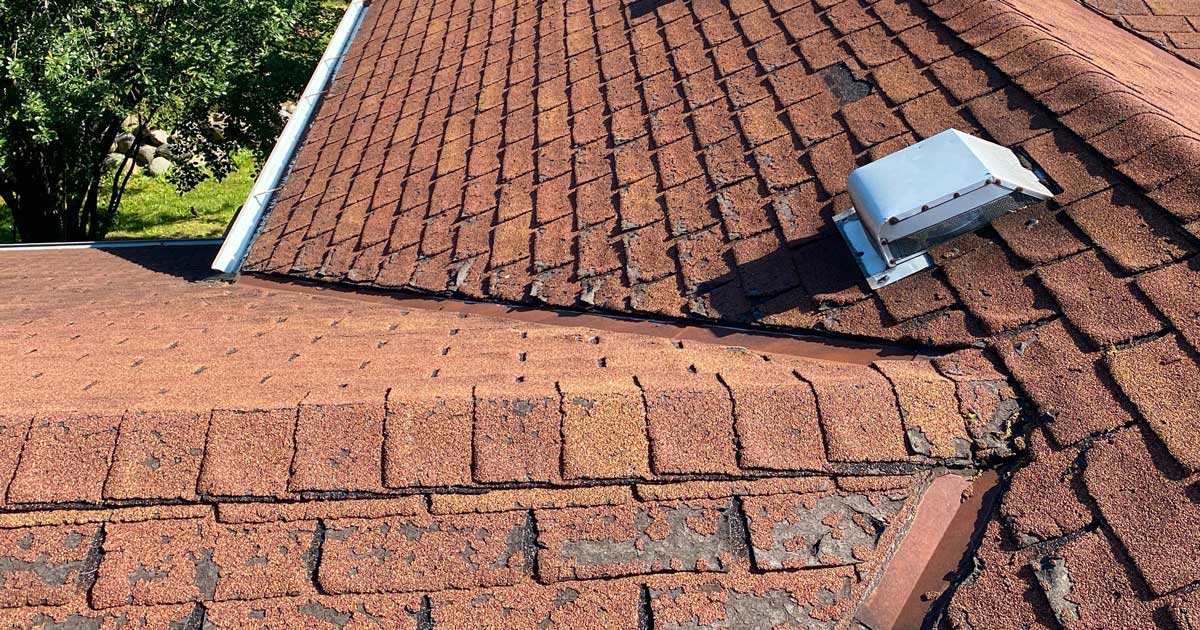Why Do Roofing Shingles Fail?

If we want to know what ingredients are necessary to effectively create a roof that will last 40-50 years a great question to start with is, “Why do they fail in the first place?” Is it the thickness of the shingle that determines how long it will last? Not at all. This may come as a surprise to many but the cause of asphalt shingle failure is just as prone to effect thick shingles as thin.
The key is FLEXIBILITY.
When a shingle fails it has dried out. When it dries out, it looses it’s adhesion to the fiberglass granules that protect it. It also begins to crack. If a shingles maintains its flexibility, its pliability, it won’t fail. The granules stay in place and no cracks develop as an opening for water to permeate. Pliability was the term Tom Brady obsessed over in his TB12 method in regard to his care for his physical body as the key to his longevity. We all saw the unprecedented results that would suggest maybe there really is something to this idea.
I use GAF shingles, almost exclusively, for this reason. They were the first company to take their industry standard 30 year shingle and overnight the packing changed to “lifetime” which meant 40-50 year shingles. Was this just a marketing gimmick? No.They made their shingles more flexible. And I didn’t need to take their word for it. In the field, in hand, it is obvious the difference of GAF versus their two primary competitors, Owens Corning and Certainteed. GAF truly pulled it off. And surprisingly, they did it without raising their prices. Their shingles can be bought at a better price than Owens Corning and Certainteed and have the unique characteristic of flexibility that greatly increases the longevity of an asphalt shingle. This is why I proudly use GAF Timberline HDZ shingles as my “go to” every time as I always look to provide the absolute best value for each of my Endurance Exteriors customers.
